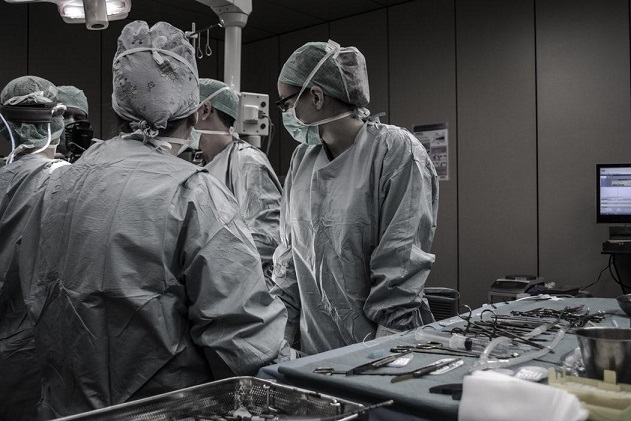
For women with mutations in the right gene, the risk of hereditary breast cancer can increase to over 80%.
The BRCA gene, so named because of its role in suppressing BReast CAncer,, normally acts to repair damage to DNA and prevent the harmful mutations that can lead to rampant growth.
In patients with some mutations of the BRCA gene, however, the chances of breast and ovarian cancer go up substantially.
Women at risk for hereditary breast cancer have several preventative treatment options, but they tend to be quite radical. Preventative surgery to remove the breasts, ovaries, and fallopian tubes are effective in preventing cancer, but also quite invasive.
In a new study published in Oncotarget, researchers in the Netherlands sought out a less-invasive preventative treatment for women at risk for breast cancer due to a BRCA mutation.
Finding New Preventative Measures for Breast Cancer
Drawing on previous research, the authors of this study believed that they could non-invasively prevent breast cancer by targeting systems inside mammary cells that lead to cell growth.
In particular, the researchers targeted PARP1, which works with BRCA to help repair cell DNA damage. When the BRCA gene fails, PARP1 can partially take over its role in affecting cell DNA. Because of this, cells that have non-functioning BRCA genes are more sensitive to inhibition of PARP1.
The researchers sought to make use of this vulnerability to prevent tumors from developing. By combining PARP1 inhibition with chemotherapy drugs, the researchers tested whether they could delay tumor creation in mice.
They found that this mix can successfully kill problem cells, and delays tumor development. At the same time, they found that the long term exposure of the chemotherapy drugs could slightly increase the incidence of cancer in aged mice.
For this reason, the researchers concluded that this “treatment only presents a safe and feasible local prevention option if systemic exposure to the chemotherapy used can be avoided.”
—
Oncotarget is a unique platform designed to house scientific studies in a journal format that is available for anyone to read – without a paywall making access more difficult. This means information that has the potential to benefit our societies from the inside out can be shared with friends, neighbors, colleagues and other researchers, far and wide.
Click here to read the full scientific paper, published in Oncotarget.



